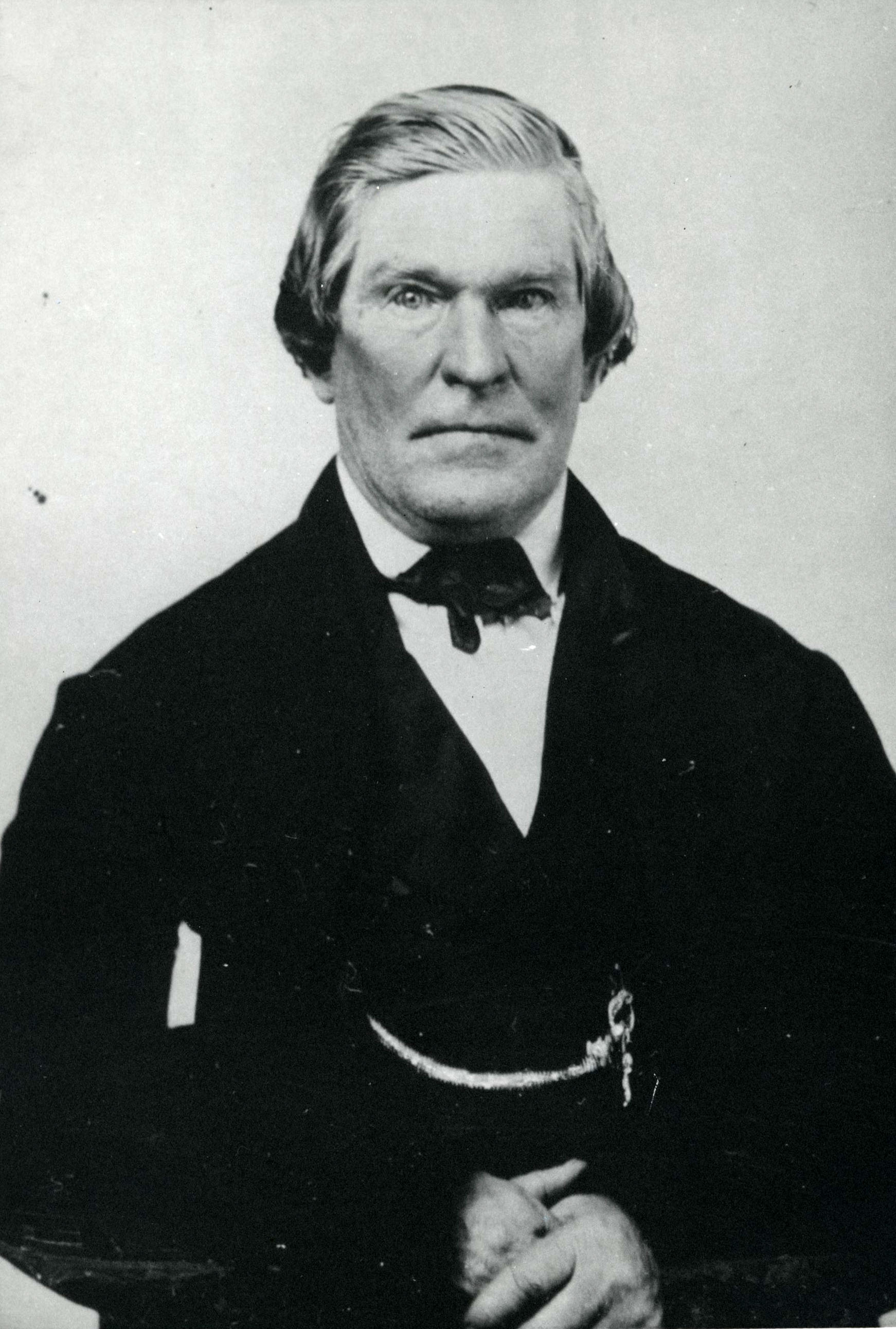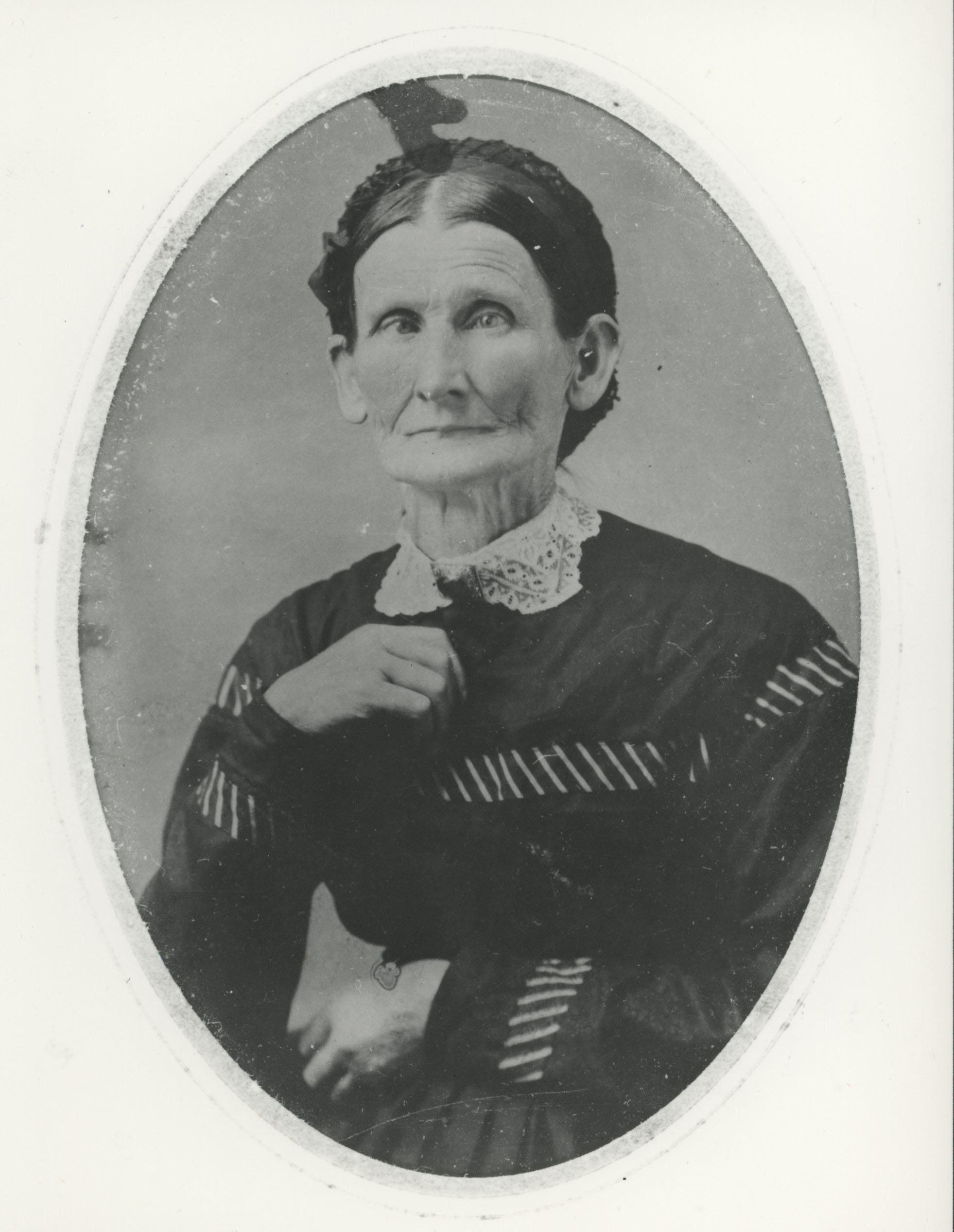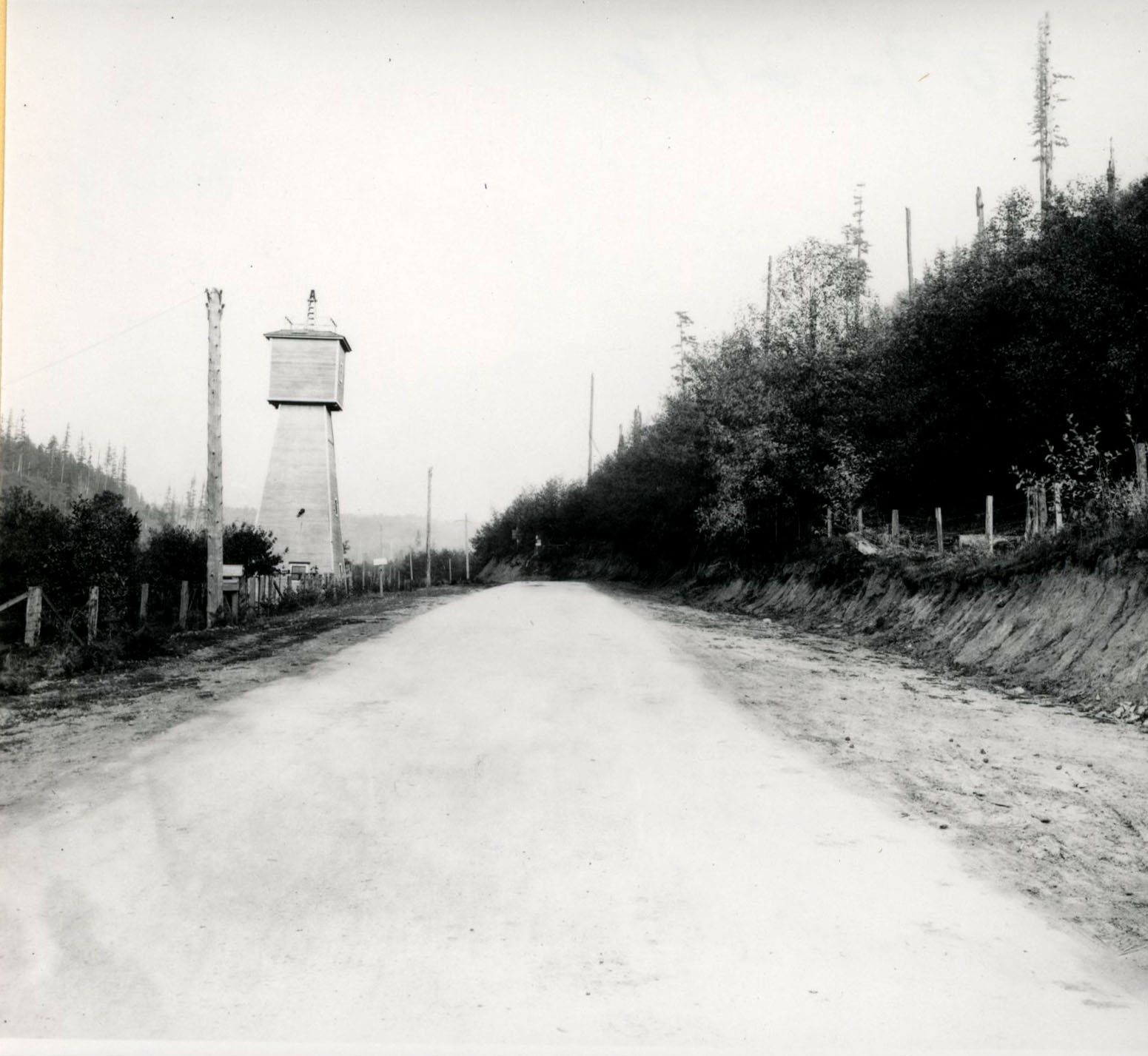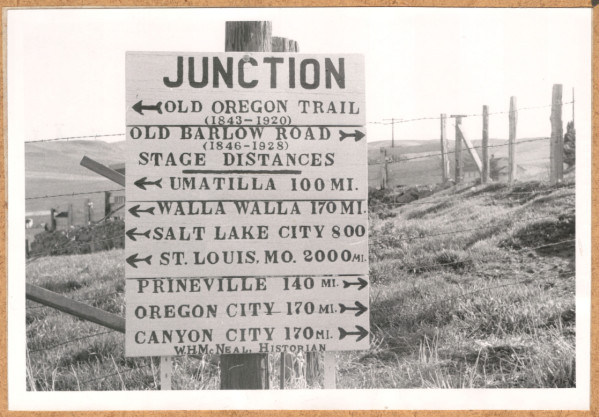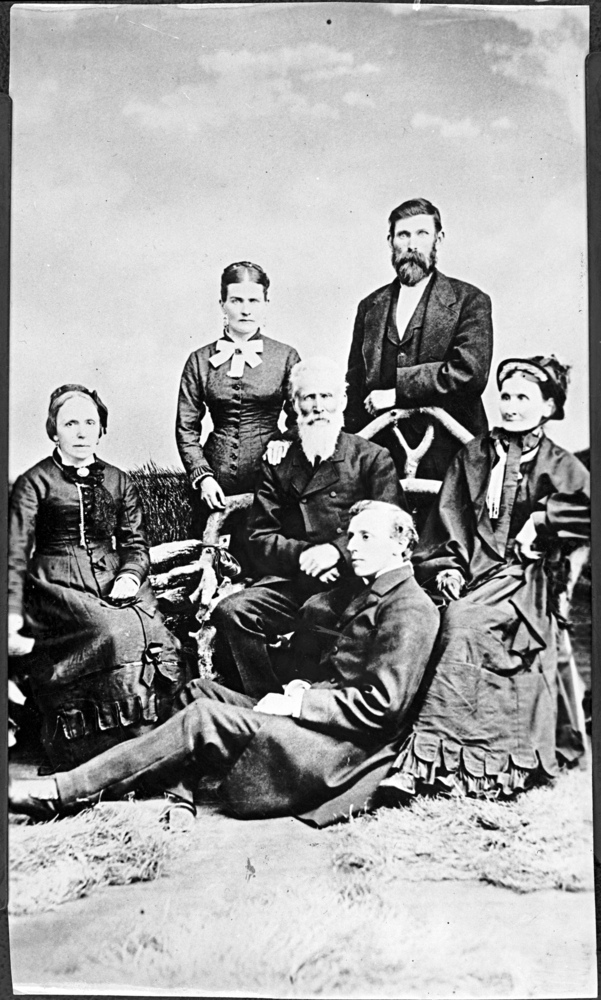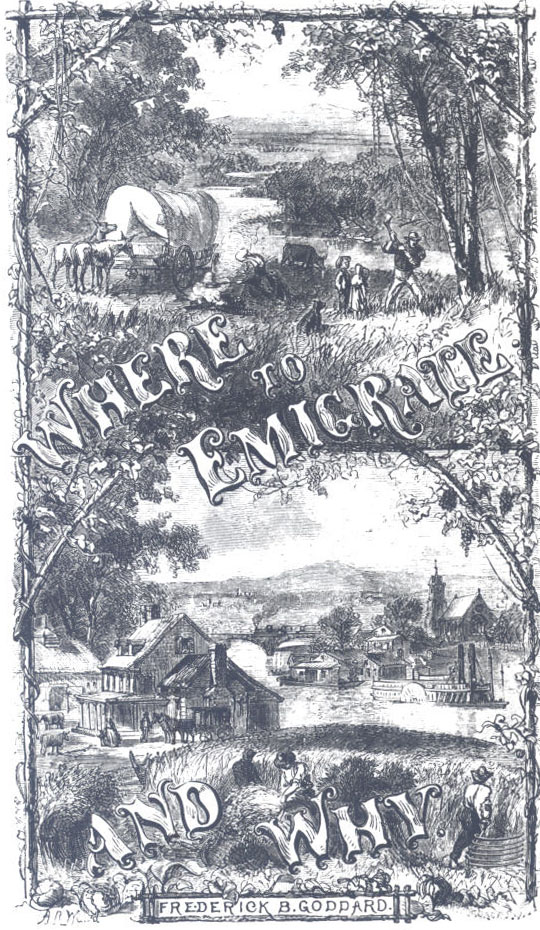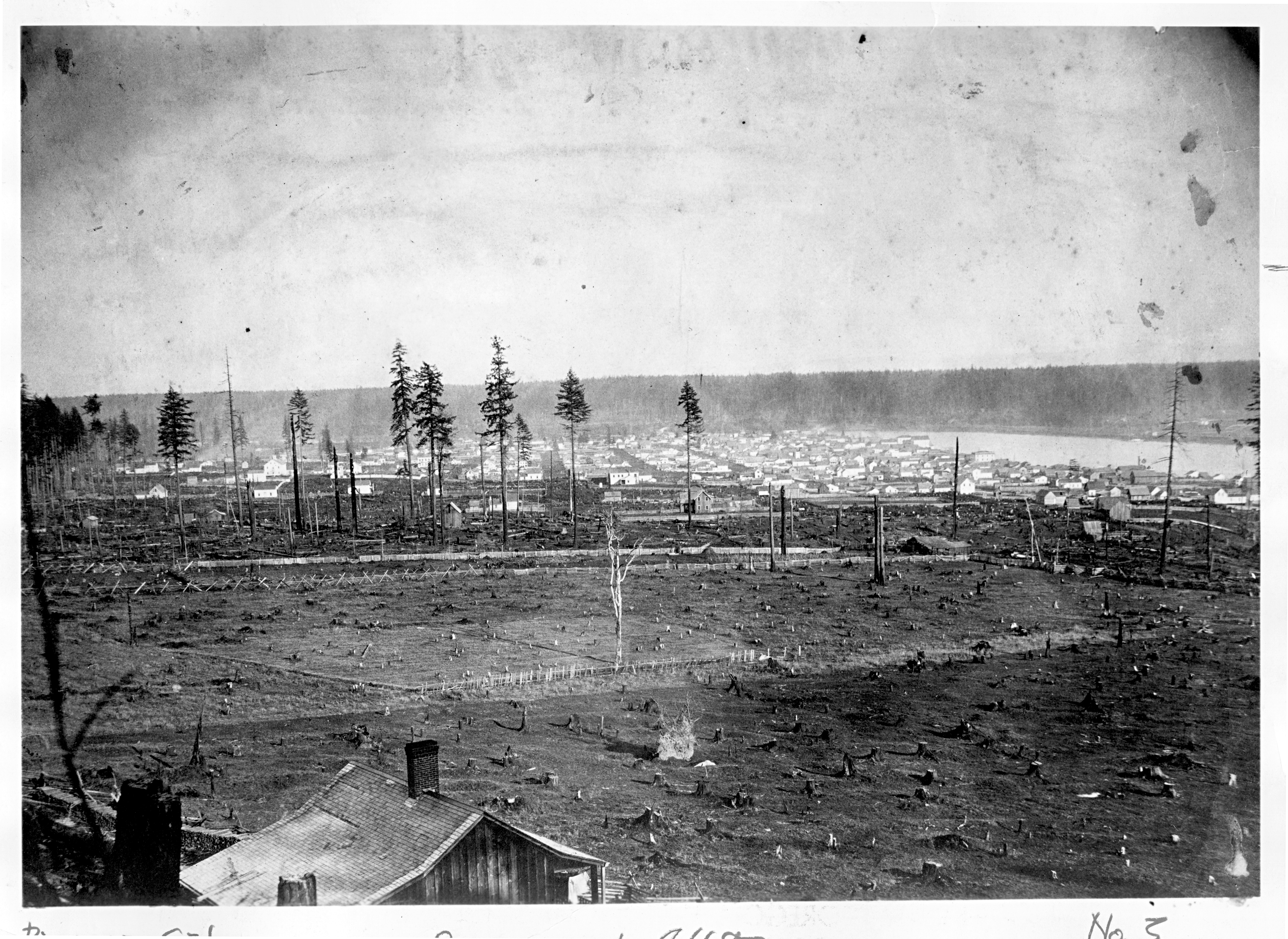Philip Foster was the second treasurer of Oregon’s Provisional Government, but it was financing Sam Barlow’s 1846 toll road around Mount Hood to Oregon City that changed his, and Oregon’s, fortunes. Foster not only partnered with Barlow in building the overland alternative for emigrants to avoid the Columbia River rapids, but he also supervised its construction, maintained it, and administered the collection of tolls after Barlow withdrew his interest. “The construction of the Barlow Road,” Judge Matthew P. Deady wrote, “contributed more towards the prosperity of the Willamette Valley and the future State of Oregon than any other achievement prior to the building of the railways in 1870.”
Born near Argyle, Maine, in 1805, Foster spent his formative years working as a lumberman. In 1832, he entered into a logging partnership with Francis W. Pettygrove in Calais, Maine, where he married Pettygrove’s sister, Mary Charlotte. In 1843, Foster joined Pettygrove in his newest venture—sailing west to establish a store and trade in the Oregon Country. In the early years of emigration, it was common for New England firms and industrialists to sponsor and send merchants and entrepreneurs by sea to stake claims and establish enterprises that would provide much of the capital and business expertise that developed Oregon’s early commercial economy.
With a consignment of $15,000 worth of goods from the A.G. & A.W. Benson firm of New York, Pettygrove and his new wife Sarah Roland, Foster, and Mary Charlotte and their four children sailed from New York around Cape Horn by way of the Sandwich Islands (Hawaii) and arrived at Fort Vancouver on May 19, 1843. Foster and Petttygrove opened a general store in Oregon City a scant week later.
Foster managed the store and by August had partnered with William Dement to form the Willamette Cattle Company, acting as the company's agent, buying and selling stock. That same month Foster and Walter Pomeroy signed an agreement with John McLoughlin, the former chief factor of the Hudson’s Bay Company at Fort Vancouver who had retired to Oregon City, to build a flourmill at Willamette Falls. The Pomeroy-Foster partnership also built houses in Oregon City.
In October 1843, Foster sent a consignment of salmon, salt, peas, and cedar shingles to E. & H. Grimes in Oahu, making Foster one of the Oregon Territory's first exporters. He purchased five lots in Oregon City and in June 1844 bought a "certain spot of land situated near the Klakamas River” to raise wheat, oats, and peas for export.
Foster took over the Oregon City store that winter when Pettygrove purchased property twelve miles downstream on the Willamette River on a site he was certain would be suitably deep for a major port. Pettygrove’s instinct was right, and he platted, with Asa Lovejoy, what would become the City of Portland.
The Willamette Store ledgers show that Sam Barlow purchased provisions from Foster on December 29, 1845, a few weeks after Barlow had petitioned the Provisional Government to build “a rout [sic] or line for a road beginning at the dalls [sic] Mission thence to [the] valley of Clackamus.” Foster saw the potential in Barlow’s “short cut” to Oregon City, and five months later, in May 1846, he entered a partnership with Barlow to construct the Mount Hood toll road and share in all profits.
Foster, astute and ever ready for a lucrative enterprise, claimed 640 acres along the new route in 1847 in order to establish a farmstead and store to supply provisions for the emigrants some fifteen miles before they would reach Oregon City. His Eagle Creek settlement was the first farmstead emigrants encountered in the Oregon Country. Pettygrove bought land near the farm and invested in Foster’s lumber and gristmill there. Foster founded the Philip Foster School District (now the Estacada School District) and inaugurated the Eagle Creek Post Office, where he was postmaster. Many emigrant diaries reported arriving at last in “paradise”—as well as describing Foster’s parsimonious nature.
After many prosperous years selling provisions and sheltering tens of thousands of emigrants, Philip Foster died at home on March 17, 1884. “Many will remember the pleasant days spent at his place in resting themselves, cattle and horses, before their destination was reached,” his obituary read. “Mr. Foster leaves five sons, one daughter and twenty-six grandchildren.”
Foster Road and Philip Foster School in Portland are reminders of Foster’s significance in early Oregon history, as is his original homestead, located on present-day Oregon 211 north of Estacada. Thousands of students have engaged in Pioneer Life Tours at the Philip Foster Farm, getting a taste of what life was like in the late 1800s. With its gardens, original 1860 barn and 1883 farmhouse, and replica store, blacksmith shop, and cabin, it is the only authentic homestead open to the public on what is known as the “last leg” of the Oregon Trail. The site is on the National Register of Historic Places.
-
![]()
Philip Foster.
Courtesy Oregon Hist. Soc. Research Lib., Orhi3448
-
![]()
Mary Pettygrove Foster.
Courtesy Oregon Hist. Soc. Research Lib., Orhi102767
-
![]()
Foster Road, c.1916.
Courtesy Oregon Hist. Soc. Research Lib., 004300
Related Entries
-
![Barlow Road]()
Barlow Road
The Barlow Road is a historic wagon road that created a new route on th…
-
![Francis Pettygrove (1812-1887)]()
Francis Pettygrove (1812-1887)
Entrepreneur and Portland co-founder Francis W. Pettygrove was born in …
-
![Oregon Trail]()
Oregon Trail
Introduction In popular culture, the Oregon Trail is perhaps the most …
-
![Portland]()
Portland
Portland, with a 2020 population of 652,503 within its city limits and …
Map This on the Oregon History WayFinder
The Oregon History Wayfinder is an interactive map that identifies significant places, people, and events in Oregon history.
Further Reading
Philip Foster Papers, Mss 996. Oregon Historical Society Research Library, Portland.
Barlow Road, Clackamas County Historical Society; Wasco County Historical Society (1st ed. 1991) Bend, Ore.: Maverick Publications.



